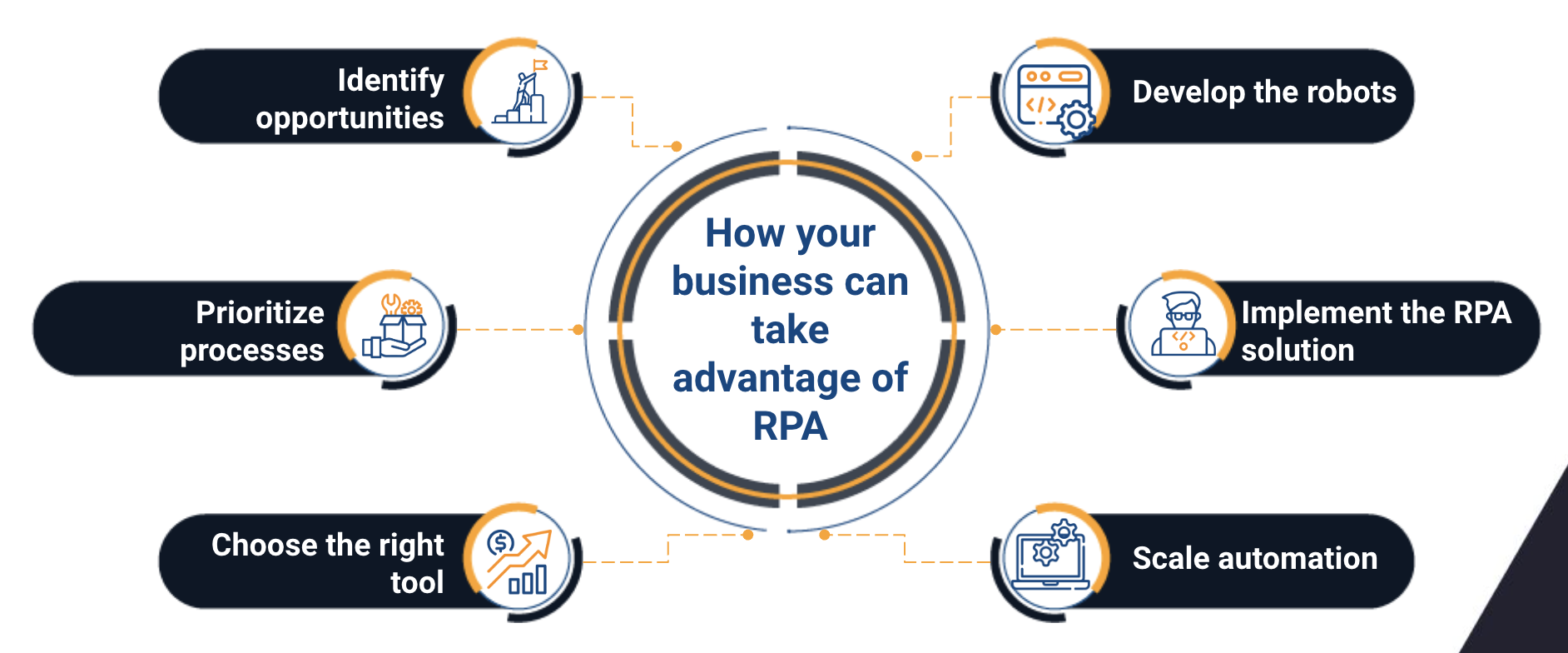
In an increasingly digitalized business world, robotic process automation (RPA) has become an invaluable tool to improve operational efficiency and free up resources for higher value-added tasks.
RPA involves using software to automate repetitive, rules-based tasks, freeing employees from the manual workload and allowing them to focus on more strategic activities. How can you transform your business operations using RPA? In this article, we will explore the keys to getting the most out of this innovative technology.
RPA transforming operations management in companies
Improving performance, productivity and agility has become the goal of many companies and the opportunities that RPA offers are endless and they talk about this in an article from the McKinsey Global Institute: “Through the use of proven efficient technologies, more than 81 % of foreseeable physical work, 69% of data processing activities and 64% of data collection tasks could most likely be automated”.
Gartner also offers several insights about companies implementing RPA in their processes, which can guide those that have not yet dared to take the leap:
- “Those who use RPA tools are mostly satisfied with their performance and would recommend their tool to their peers”, they noted in an article.
- The main benefit of RPA for companies is the reduction of errors, and integration remains the biggest challenge.
- Decision makers in companies consider that using RPA is an advantage over those companies that do not yet do it.
- 77% of those surveyed by Gartner say they are using RPA in their operations.
- And, 64% of those respondents are planning to increase their investment in RPA in the next 12 months.

See how your business can take advantage of RPA to boost its operations
1. Identify areas of opportunity
The first step to transforming your operations with RPA is to identify areas where automation can have the greatest impact. This could include manual and repetitive processes in areas such as human resources, accounting, customer service, supply chain, and more. Conduct a thorough analysis of your operations to identify the processes that consume the most time and resources and that could benefit from automation.
2. Prioritize processes for automation
Once you have identified areas of opportunity, it is important to prioritize which processes to automate first. This could involve selecting processes that have a high volume of transactions, are prone to human error, or require fast and accurate processing. Prioritizing the right processes will allow you to achieve a rapid return on investment and generate momentum for future automation initiatives.

3. Select the right RPA tool
Selecting the right RPA tool is crucial to the success of your automation initiative. There are numerous options on the market, each with its own characteristics and capabilities. When choosing an RPA tool, consider factors such as ease of use, scalability, integration with existing systems, technical support, and total cost of ownership. Conduct a thorough evaluation of the available options to ensure you select the tool that best suits your business needs.
4. Design and develop robots
Once you've selected an RPA tool, it's time to design and develop the robots that will automate your business processes. This involves mapping current workflows, identifying tasks that can be automated, and creating the necessary scripts and algorithms to execute those tasks efficiently. Work closely with IT and business teams to ensure robots are developed according to your company's specific needs and requirements.
5. Implement and monitor automation
Once RPA robots are developed, it is time to deploy them into your operating environment and monitor their performance. Be sure to provide the necessary training to employees who will work with the robots and establish processes to monitor their performance and make adjustments as necessary. Successful implementation of automation requires a continuous focus on improving and optimizing automated processes.

6. Scale automation
Once you've been successful in implementing automation in a specific area, consider scaling it to other parts of your business. This could involve automating additional processes in the same department or expanding automation to other functional areas of the company. Scalability is critical to maximizing the impact of RPA on your business and ensuring continued long-term ROI.
RPA offers a unique opportunity to transform your business operations and improve efficiency, accuracy and productivity. By following these key steps and taking a strategic, customer-centric approach, you can make the most of this innovative technology and take your business to the next level of success.
Do you need a software company with RPA experts? At Rootstack, we have +13 years of experience supporting companies in their digital transformation. Contact us!


